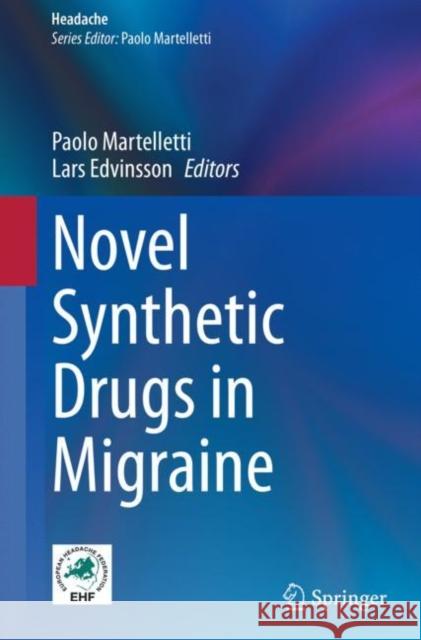Novel Synthetic Drugs in Migraine » książka
topmenu
Novel Synthetic Drugs in Migraine
ISBN-13: 9783030953362 / Angielski
Novel Synthetic Drugs in Migraine
ISBN-13: 9783030953362 / Angielski
cena 322,77
(netto: 307,40 VAT: 5%)
Najniższa cena z 30 dni: 308,41
(netto: 307,40 VAT: 5%)
Najniższa cena z 30 dni: 308,41
Termin realizacji zamówienia:
ok. 22 dni roboczych.
ok. 22 dni roboczych.
Darmowa dostawa!
Kategorie BISAC:
Wydawca:
Springer
Seria wydawnicza:
Język:
Angielski
ISBN-13:
9783030953362











